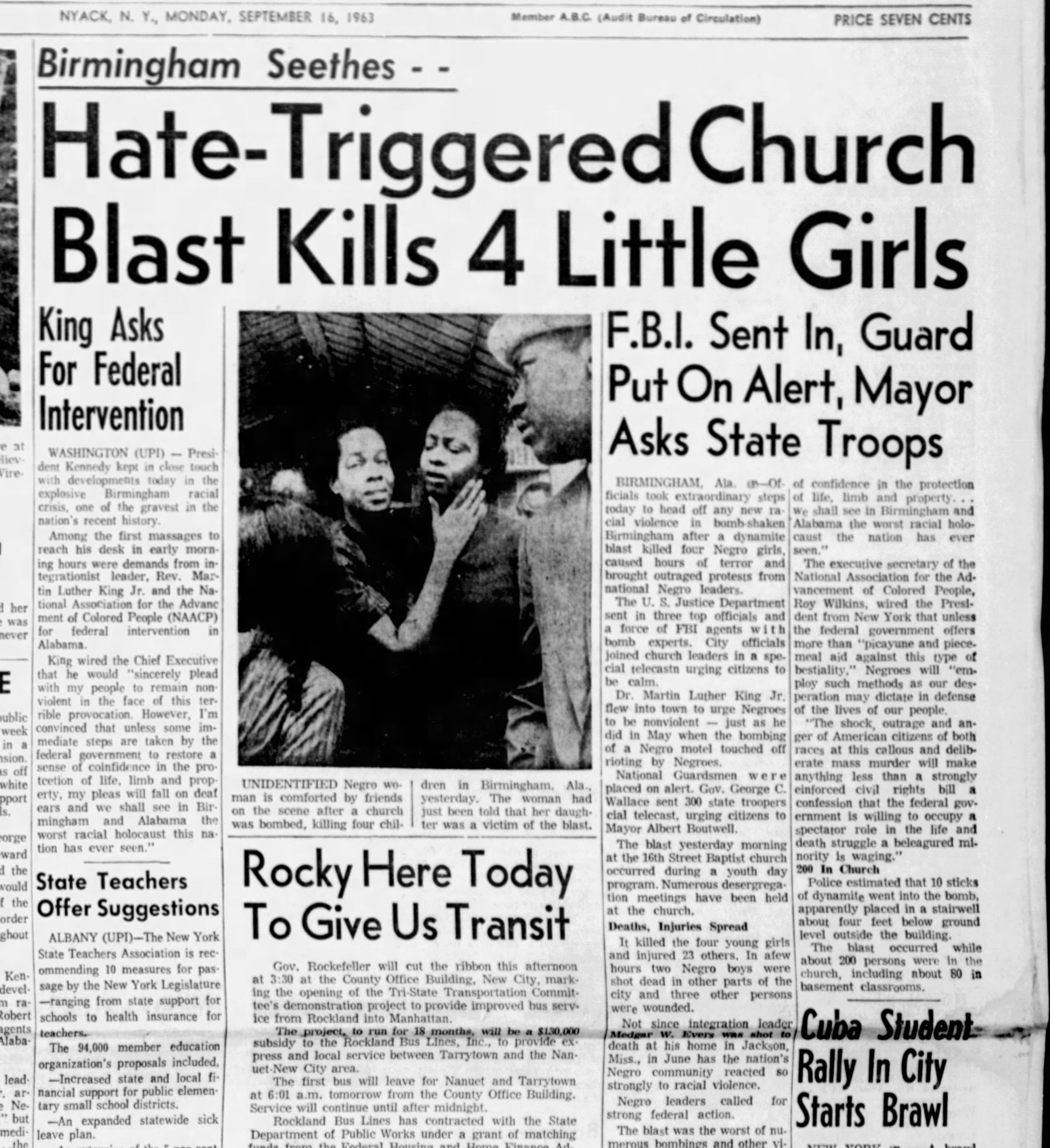The Best Guide To News Articles
The Best Guide To News Articles
Blog Article
A Biased View of News Articles
Table of ContentsExamine This Report about News ArticlesHow News Articles can Save You Time, Stress, and Money.The Of News ArticlesThe smart Trick of News Articles That Nobody is Talking AboutThe Best Strategy To Use For News Articles
Great understanding of various topics gives trainees an affordable side over their peers. Despite the fact that electronic and social media are easily obtainable, we ought to not fail to remember how essential it is to read the papers. Moms and dads must try and inculcate the habit of reading a paper as an everyday routine to proceed the tradition of the revered print tool.Information tales likewise consist of at the very least one of the adhering to crucial attributes relative to the desired audience: proximity, prominence, timeliness, human passion, quirk, or effect.
Within these limits, news stories additionally aim to be thorough. Amongst the larger and much more reputable newspapers, fairness and equilibrium is a significant aspect in presenting info.
Papers with a worldwide audience, for instance, have a tendency to use an extra formal style of writing. News Articles.; typical style overviews include the and the United States News Design Book.
The Ultimate Guide To News Articles
As a policy, reporters will certainly not utilize a long word when a short one will do. News writers try to prevent making use of the exact same word much more than as soon as in a paragraph (sometimes called an "echo" or "word mirror").
Headings sometimes leave out the topic (e.g., "Jumps From Watercraft, Catches in Wheel") or verb (e.g., "Feline woman fortunate"). A subhead (also subhed, sub-headline, subheading, subtitle, deck or dek) can be either a secondary title under the primary headline, or the heading of a subsection of the short article. It is a heading that precedes the primary text, or a group of paragraphs of the primary text.

of a write-up subject, informant, or interviewee), it is described as a drawn quote or draw quote. Added signboards of any one of these kinds may show up later on in the write-up (particularly on subsequent web pages) to entice further reading. Journalistic sites occasionally utilize animation methods to switch one signboard for another (e.g.
The 45-Second Trick For News Articles
Such signboards are likewise made use of as reminders to the post in other sections of the publication or site, or as promotions for the item in other publication or sites. News release of the Swiss federal government. Normal structure with title, lead paragraph (summary in strong), other paragraphs (information) and call info.

Example of a hard-lead paragraph NASA is suggesting one more space task. The spending plan requests approximately $10 billion for the task.
An "off-lead" is the second most important front web page news of the day. To "hide the lead" is to begin the write-up with background details or details of second value to the readers, requiring them to read even more deeply into a post than they should have to in order to find the important factors.
All About News Articles
Common usage is that a person or 2 sentences each form their own paragraph. Reporters generally describe the organization or framework of a newspaper article as an upside down pyramid. The crucial and most interesting aspects of a tale are placed at the start, with sustaining information complying with in order of reducing relevance.
It allows people to explore a subject to just the deepness that their interest takes them, and without the charge of details or nuances that they can think about unnecessary, yet still making that information available to much more interested visitors. The inverted pyramid structure also allows short articles to be trimmed to any type of arbitrary length during layout, to fit in the space available.
Some writers begin their tales with the "1-2-3 lead", yet there are lots of kinds of lead offered. A kicker can refer to numerous points: The last story in the information program; a "pleased" story to finish the show.
Longer short articles, such as publication cover short articles and the items that lead the inside sections of a newspaper, are referred to as. Attribute tales differ from straight information in several means. Foremost is the absence of a straight-news lead, many of find here the moment. As opposed to providing the essence of a tale up front, attribute authors may try to entice readers in.
Getting The News Articles To Work
The reporter commonly details interactions with meeting topics, making the piece a lot more individual. A feature's very first paragraphs usually relate a fascinating moment or event, as in an "unscientific lead". From the details of an individual or episode, its view rapidly widens to generalities regarding the story's topic. The area that indicates what an attribute is about is called the or billboard.

The Editor's my explanation Toolbox: A Reference Overview for Beginners and Professionals (2001) Allan M. Siegal and William G. Connolly. The New York Times Guidebook of Style and Use: The Official Design Guide Made Use Of by the Writers and Editors of the World's Most Authoritative Paper (2002) M. L. Stein, Susan Paterno, and R.
Report this page